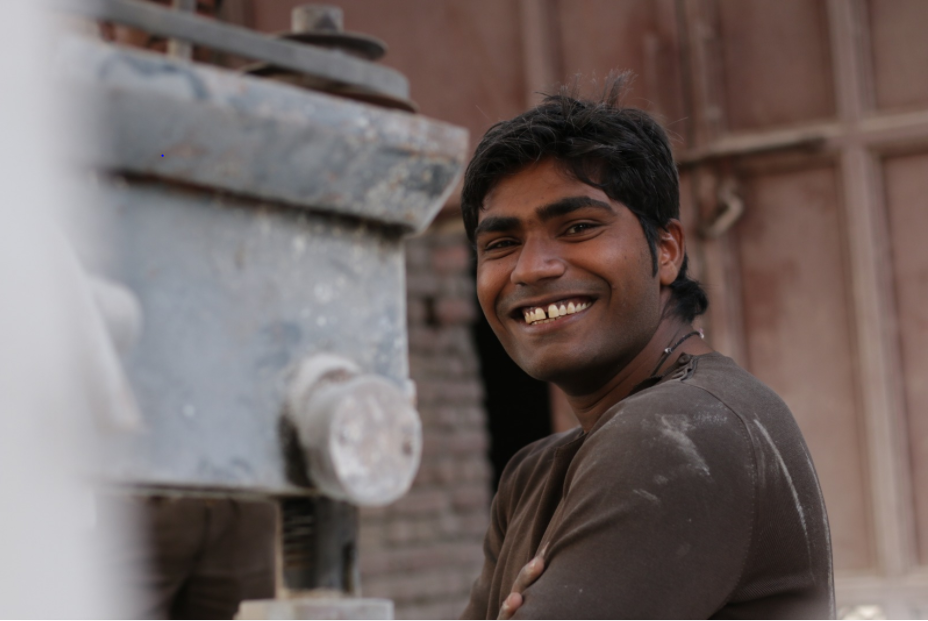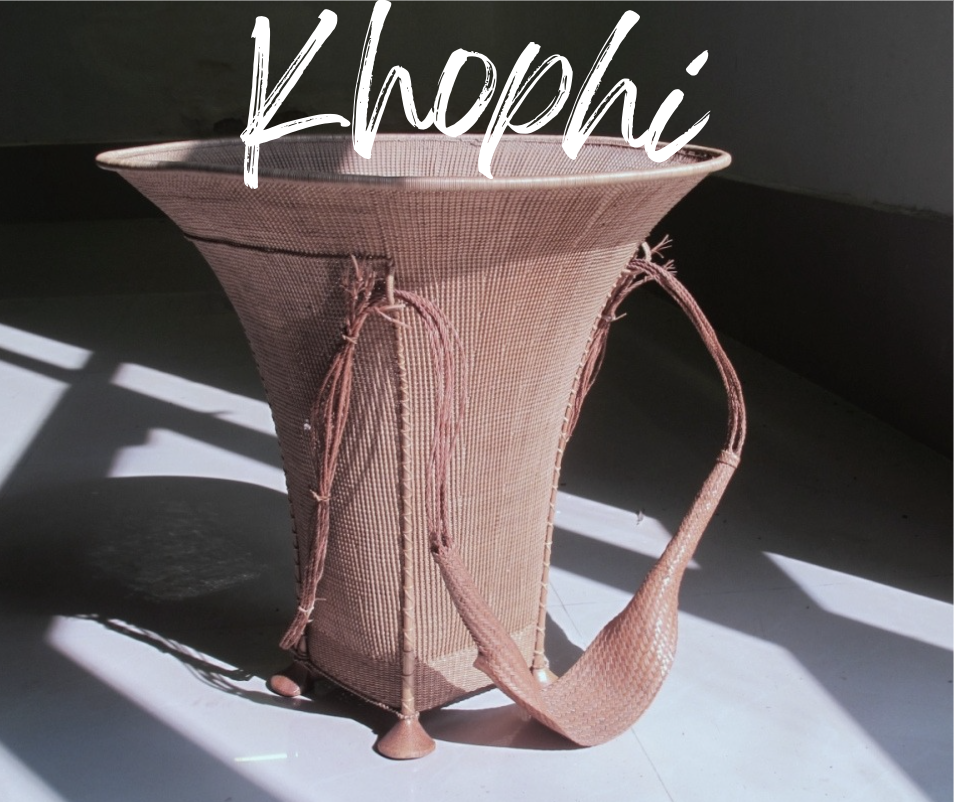Sourcing Handmade Products From India And Establishing A Sustainable Supply Chain For Small Businesses
Jun 18, 2020 | Arun Devanathan
 Do you support a future that entails a clean and a healthy planet where consumption is complemented by an alternate, sustainable supply chain? If yes, then as a responsible wholesaler, retailer or Amazon Seller, you would love to source handmade goods from India. These products run the entire gamut in the Dining Living and Giving space and are eco-friendly and sustainable!
Do you support a future that entails a clean and a healthy planet where consumption is complemented by an alternate, sustainable supply chain? If yes, then as a responsible wholesaler, retailer or Amazon Seller, you would love to source handmade goods from India. These products run the entire gamut in the Dining Living and Giving space and are eco-friendly and sustainable! One of the emerging trends in consumer consciousness has been of responsible consumption, especially amongst millennials and Gen Z. Accordingly, businesses have responded by offering their consumers access to sustainably produced goods that are both affordable and cater to their daily needs. Companies like Ikea which sell wooden products are heavily investing in projects aimed at reforestation and responsible forest management. In short, businesses are re-modelling their supply chains to make them more sustainable.
 Figure 1 : United Nations Sustainable Development Goals – Goal No: 12
Figure 1 : United Nations Sustainable Development Goals – Goal No: 12
Let’s now discuss how to source sustainable handmade products (consumer goods) from India.
Why India?

The 5 main steps involved in sourcing handmade products are:
- SELECT A PRODUCT
- FIND AND VET A SUPPLIER
- DEFINE TERMS AND CONDITIONS, PLACE ORDER, PAY AN ADVANCE
- QUALITY CHECK BEFORE DISPATCH OF PRODUCT
- FINAL STEP – TRANSPORT AND DELIVERY AT DESTINATION
Select A Product
India’s top categories of handmade goods are:
Home décor – Living and Dining
- Tableware, kitchenware
- Garden and Outdoor Accessories
- Lamps and lighting
- Furniture
Home furnishings and made-ups
- Carpets, rugs and floorings
- Bed covers and linens
- Cushion covers
- Throws and curtains
- Table covers, placemats
Natural and Eco-friendly products
- Natural and eco-friendly products made of Cane, bamboo – Bags Baskets, Decorative, Furniture, Kitchenware
Fashion (Metal, Jute, Leather, Cork, Crochet)
- Jewelry and accessories
- Bags & Scarves
- Shoes & Belts
- Office and Personal Supplies – Desk and Document Organizer , Wallets
Textiles and apparel
- Ready to wear garments (knitted & woven cotton, silk, crocheted-lace)
- Textiles and fabrics
Gifts and stationery
- Christmas and festive décor
- Candles, incense sticks and aromatics
- Gifts - Decorative & Corporate
- Stationery and paper including handmade paper
As per latest reports from Export Promotion Council for Handicrafts (EPCH), India exported handmade goods are valued at 3.5 billion US Dollars in FY 2018-19 with 31.5% in terms of value or worth 1.1 billion USD exported to USA, 21.36% i.e. 0.7 billion USD worth goods exported to EU and rest 47.14% i.e. 1.66 billion USD worth goods were exported to rest of the world.
Find and Vet a Supplier
For a first time buyers, finding the right supplier could be a challenge due to the unorganized nature of this trade. Longer delivery times due to high reliance on manual labor, and issues in packaging make it crucial to vet the quality of the vendor.
A buyer has following options to buy or source from India:
- B2B Websites – Contact supplier via export-oriented B2B platforms such as Global Sources Alibaba, India Mart etc. and ask for a product quote. As a buyer you need to ensure product specifications are clearly understood by seller and they have accordingly provided a correct quotation with price, MOQ and estimated lead times.
- Buying Agents – Buying Agents are individuals or agencies maintain a list of vetted suppliers and help find manufacturers for any product category. They generally deal with Big-box players and charge a commission for their services.
- Domestic and Overseas Trade Shows – The largest trade show to attend in India is the IHGF Delhi Fair organized by EPCH. This is held bi-annually and is exclusive to handmade goods and gift items. You can meet thousands of manufacturers and sellers here and browse through millions of products. It is a great place to meet people and establish trust. This fair is also held virtually online once a year. Indian suppliers can also be found participating in global trade shows such as Ambiente in Germany, Canton Fair in China and Global Sources Fashion in Hong Kong.
- Exclusive Global B2B marketplaces for Handmade – An interesting category of B2B marketplaces such as Faire, Ankorstore, Rural Handmade have recently emerged, exclusively for handmade consumer goods. They offer exciting technology and design solutions for small businesses to choose the right product and supplier. These marketplaces have invested in strengthening the supply side of the handmade industry by careful selection of qualified suppliers who are vetted by a strongly established vendor selection framework.
Rural Handmade will also soon launch a Vendor Ranking and Qualification System based on parameters such as Historical Performance, Industry Reputation, Sustainability Index, Quality Assurance and Lead Time to help you find the right suppliers.
Define Terms and Conditions, Place Order, Pay an Advance
After product specification is confirmed and supplier is vetted, next step is to sign off a terms and conditions agreement which includes in details all steps related to manufacturing, lead time, quality check, packaging and shipping of the product to desired destination.
The buyer should ensure this document is in place before placing an order and then pay an advance amount to start the production. Thumb-rule for advance payment is generally in range of 30-50% and depends on the order quantity and having a good relationship with the vendor. Suppliers take 50% generally for first-time orders and but more flexible terms may be offered for future orders based on trust built during the course of time in this business relationship.
The future marketplaces will establish a live tracking system and will provide regular status updates on their platform about manufacturing.
Quality Check Report before Dispatch of Product
The main steps in Quality Assurance are:
- Quality Inspection - Big-Brands insist on a Third-Party Quality Inspection which is generally carried out by an audit inspector from one of the Quality Management Companies such as DNV. They usually carry out a comprehensive audit based on previous experiences which are captured in a checklist to check if the final products meets the specifications which were initially agreed to. However we can come up with our own checklist and ensure the supplier adheres to it by proper documentation and record maintenance.
- Compliance Certification - For products such as Jewelry and Skin-care product where there is contact with human body, Furniture - legal wood or timber and Jewelry- animal parts, Compliance certification is critical and mandatory depending on local regulations of country to where you are importing to. We will cover this in a detailed post and provide country-specific requirements.
- Robust packaging – This is another important part of final product quality check and is to be thoroughly checked to ensure product will be remain intact during the shipping process. In-fact packaging has taken precedence for some customers who demand environmental-friendly packaging. Also custom-packaging specifications can be pre-defined during product specification and supplier vetting stage.
Final Step – Transport and Delivery at Destination
Finally, your product is ready for dispatch and you have to decide mode of freight depending on product weight and dimensions and how urgently the product is required at your shop to shore up your inventories.
The two available options for Delivery are:
Sea-Freight - cheaper option but delivery time is longer and
Air-freight - the costlier option but ideal for low MOQs, soft goods and if requirement is urgent.
Based on your requirement you can choose the best option. One thing you can consider asking your supplier or shipping agent is to combine it with existing shipments especially in case of sea-freight to bring down the shipping cost.
Also the supplier will quote cost as Freight on Board (FOB) which means supplier is responsible for all movement, documentation and formalities such as movement, outbound customs clearance etc. till loading of goods at the port and then the buyer take responsibility for the shipment. For example FOB Mumbai means shipper will ensure the goods are transported from his base to Mumbai port and loaded on the ship for movement to destination with all right documentation and details of the freight will be shared with the buyer.
The path to supply chain sustainability and quality sourcing process for handmade consumer goods is not an easy one. But with help of scalable technology and efforts to educate and reward suppliers to switch to more-friendlier social, legal and environmental practices and adopting high quality standards we can eventually achieve a win-win situation not only defined by profit but also by people and the planet. And we believe India’s untapped resources of unique and innovative products potential blended with an efficient technology enabled supply chain will deliver great artisanal products to its buyers. Sourcing from India provides buyer a great opportunity to sell a new breed of differentiated products thereby establishing an economic moat over its competitors.
Recommended








